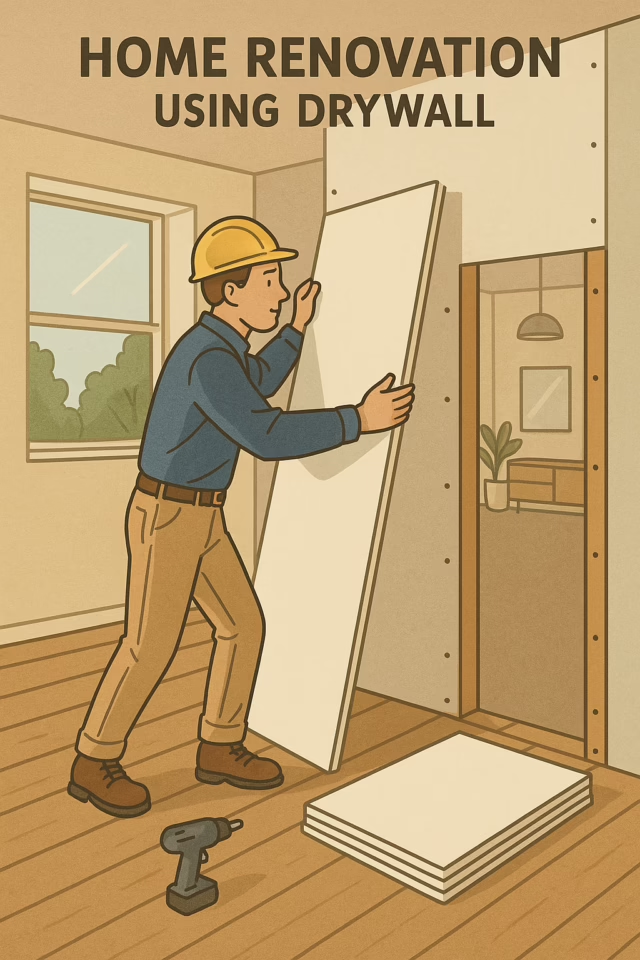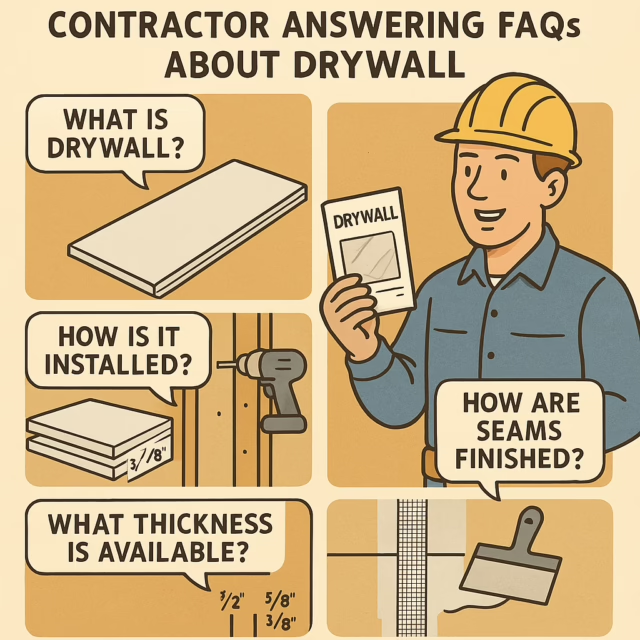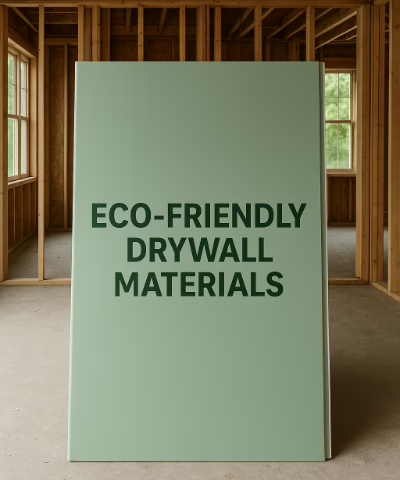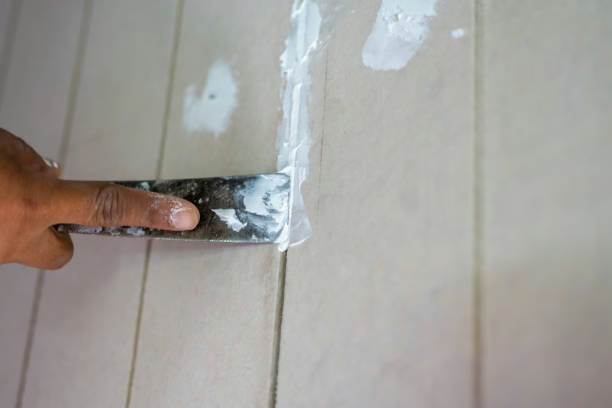Humidity can be a silent enemy in building construction—especially when it comes to materials like drywall. If you’re working in regions with high moisture levels or planning to renovate spaces like bathrooms, basements, or kitchens, understanding how drywall in humid environments behaves is critical to the longevity and safety of your project.
This guide explores the risks, solutions, and best practices to ensure drywall performs optimally, even under persistent humidity.
Is Drywall Suitable for Humid Environments?
Traditional drywall, also known as standard gypsum board, struggles in humid or wet areas. When exposed to excessive moisture, it:
- Absorbs water quickly
- Swells and warps
- Promotes mold and mildew growth
- Loses structural integrity
Therefore, using regular drywall in bathrooms, laundry rooms, or coastal buildings can lead to costly repairs and health hazards.
👉 Discover better alternatives on our Drywall Services page.
What Type of Drywall Works Best in Humid Conditions?
For spaces with high moisture levels, builders prefer moisture-resistant drywall, often known as green board, purple board, or cement board (depending on its composition and performance level).
Popular Types of Humidity-Resistant Drywall:
- Green Board: Coated with wax to resist moisture (not waterproof).
- Purple Board: Combines mold and moisture resistance with added durability.
- Cement Board: Ideal for wet zones like showers or sauna rooms.
- Fiberglass-Faced Drywall: Non-organic facing resists mold and mildew growth.
Each of these drywall options performs better in humid environments, offering added protection and reducing maintenance needs.
Looking for expert installation? Let us help—Contact us today.
What Are the Risks of Using Standard Drywall in Humid Spaces?
When builders use non-rated drywall in high-humidity areas, several risks can compromise both structure and occupant health.
Common Issues Include:
- Mold and mildew development
- Odors caused by moisture-trapped surfaces
- Wall and ceiling deterioration
- Increased energy costs from trapped humidity
- Costly reconstruction and moisture remediation
Ensure long-term durability by partnering with professionals who understand environmental exposure. Learn more about our mission on the About Us page.
Best Practices for Installing Drywall in Humid Areas
To protect your walls from moisture damage, combine high-performance drywall with proper construction techniques.
Proven Moisture-Protection Tips:
- Use water-resistant drywall on all walls and ceilings exposed to steam or condensation.
- Apply vapor barriers or membranes behind the drywall.
- Seal all seams and corners with waterproof joint compounds.
- Ensure ventilation and airflow through exhaust fans or dehumidifiers.
- Avoid using regular drywall in basements or bathrooms.
📌 Follow our latest work on humidity-proof spaces via our Facebook page.
Final Thoughts
When it comes to drywall in humid environments, preparation and product selection are everything. Regular drywall may work fine in dry interiors, but for humid zones, you need materials designed to resist moisture, prevent mold, and sustain performance over time.
At HD Drywall, we use high-quality materials and proven techniques to make sure your spaces stay dry, safe, and beautiful—no matter the climate.
Frequently Asked Questions
1. Can I use regular drywall in a bathroom?
It’s not recommended. Moisture can quickly damage standard drywall, causing mold and decay.
2. What is the best drywall for a humid environment?
Purple board, green board, and cement board are top choices due to their resistance to water and mold.
3. How do I prevent mold on drywall in humid areas?
Use mold-resistant drywall, ensure proper ventilation, and seal all joints with waterproof compounds.
4. Is moisture-resistant drywall more expensive?
Yes, but it significantly reduces future repair costs and extends the wall’s lifespan in damp areas.






